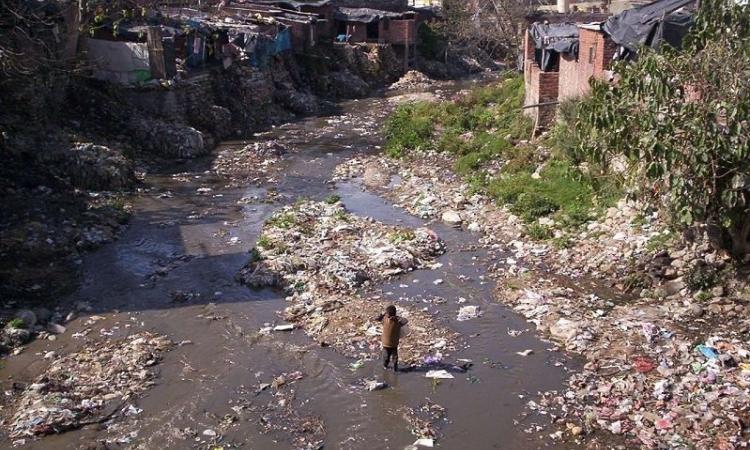
Urban water infrastructure has an important role to play in public health, and includes built networks that facilitate the flow and exchange of water over space. Although water infrastructure is known to influence human health, there is a considerable lack of information on how the flow of water gets transformed, manipulated or used by diverse actors thereby facilitating the emergence of disease.
The working paper titled 'Metabolised-water breeding diseases in urban India - Socio-spatiality of water problems and health burden in Ahmedabad' published by the Center for Development Research, University of Bonn, sheds light on this particular issue. It presents the picture of the construction, reconstruction and manipulation of water infrastructure in the city of Ahmedabad and clarifies its health implications on communities that depend on it.
Water infrastructure and disease burden: A study in two wards
The paper describes the findings of a study conducted in two wards of Ahmedabad. The selected wards occupy the fringes of the city which include unauthorised and illegal settlements. The study traces the flow of water through the main part of the city that has legally constructed, authorised higher and middle class settlements to the end of the city that includes slum-like illegal and unauthorised settlements.
The study used GIS to represent water problems and occurrence of diseases. Through interviews, the socio-spatial characteristics of water problems and the health burden experienced by people in the two wards were documented.
Key findings
The study established a connection between the flow of water and the hierarchy of settlements. It was found that the flow of water visible through variable densities of networked connections in the city coincided with the hierarchy of settlements. The head-reach of the networks that included bungalows and housing societies, had moderate to higher density of networks, suggesting that these settlements had better access to drinking water. As the network reached its tail-end, the density decreased, leading to mushrooming informal settlements with limited access to drinking water.
The bungalows could access better quantity and quality of water by installing pumps, storing as well as treating water, and maintaining environmental hygiene in and around their houses. The diverse technology used by these residents to get water resulted in low water pressure around these settlements.
The housing societies that were located in the middle often had to struggle to meet their growing water needs. These were usually met by using pumps and storing more water within their homes, or sometimes by encroaching public space and commissioning illegal water connections.
The tail end users in the informal settlements had access to water provided through public standpipes and limited private connections. They tried to make up for their unmet water needs through illegal connections, used substandard water treatment methods and stored water at home in unhygienic containers.
High incidence of leakages
High incidence of leakages and water contamination was found among middle reach and tail end users. Places having higher density of water networks reported higher incidences of water leakages. However, in areas reporting less dense water networks also, higher incidences of water leakages occurred. This was because most of the house in the middle as well as the tail-end region resorted to obtaining water from illegal connections and tampered pipelines, leading to wastage.
Increased risk of contamination
Low water pressure in pipes in informal settlements and the middle reach housing societies, increased the chances of water contamination. Illegal drinking water networks were often found at close proximity with sewerage pipes. Due to the inherent high pressure in sewerage pipelines, water easily flowed from these to the drinking water pipes, thereby contaminating the supply.
Coupled with poor environmental hygiene and inadequate sanitation, this turns into a breeding ground for the spread of diseases such as jaundice, gastroenteritis and malaria. This was most common at the tail end and the adjoining middle reach housing societies.
With the help of social connections, claims over the right to water were negotiated to gain access to water, but at the cost of ill health.
Socio-political drivers of disease emergence
The paper ends by arguing that a socio-spatial understanding of water infrastructure as it flows through the city not only reveals how the urban poor are pushed towards the margins, but also identifies the socio-political drivers of the water problems and of disease emergence. This can lend a helping hand in identifying potential hot-spots of disease emergence.
The findings of such studies should be effectively used by government agencies to improve planning and monitoring of water problems and the health burden in urban areas.
/articles/how-do-income-levels-affect-water-borne-diseases